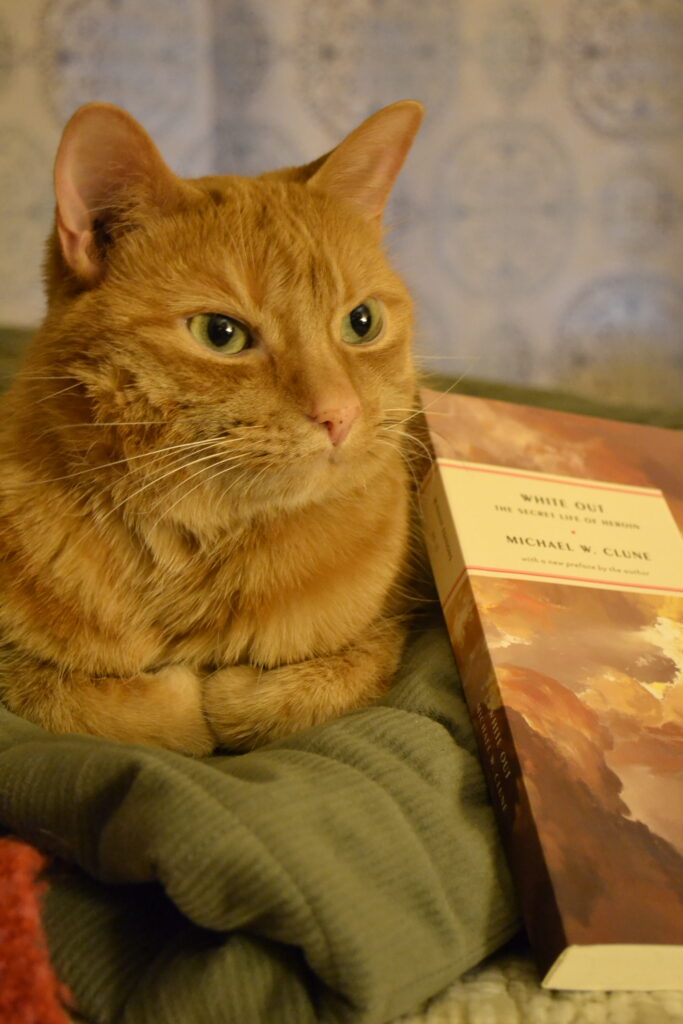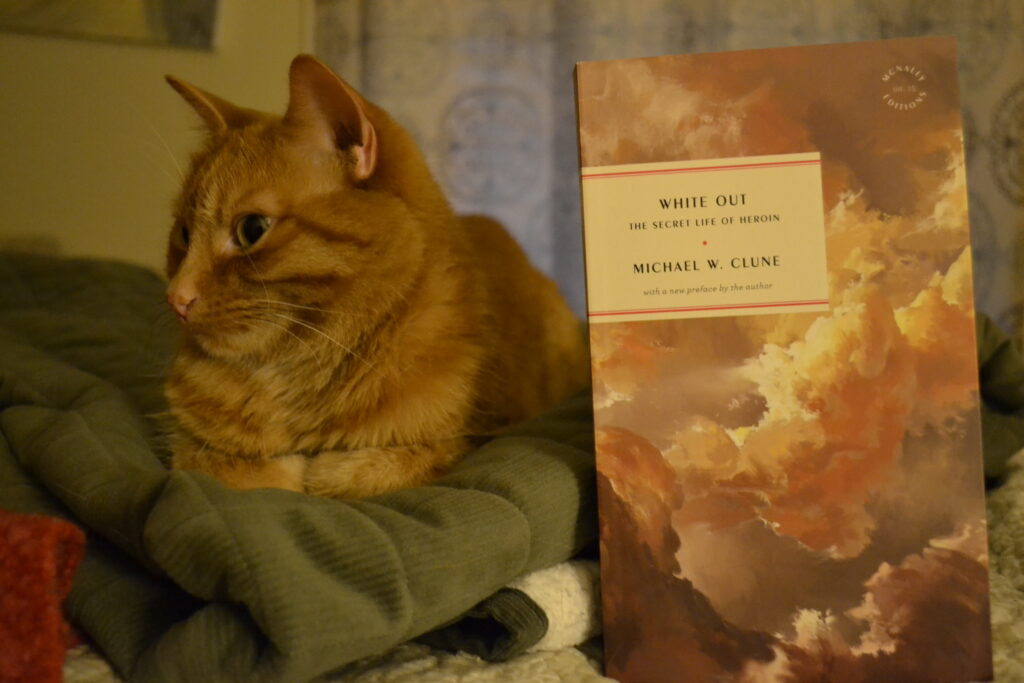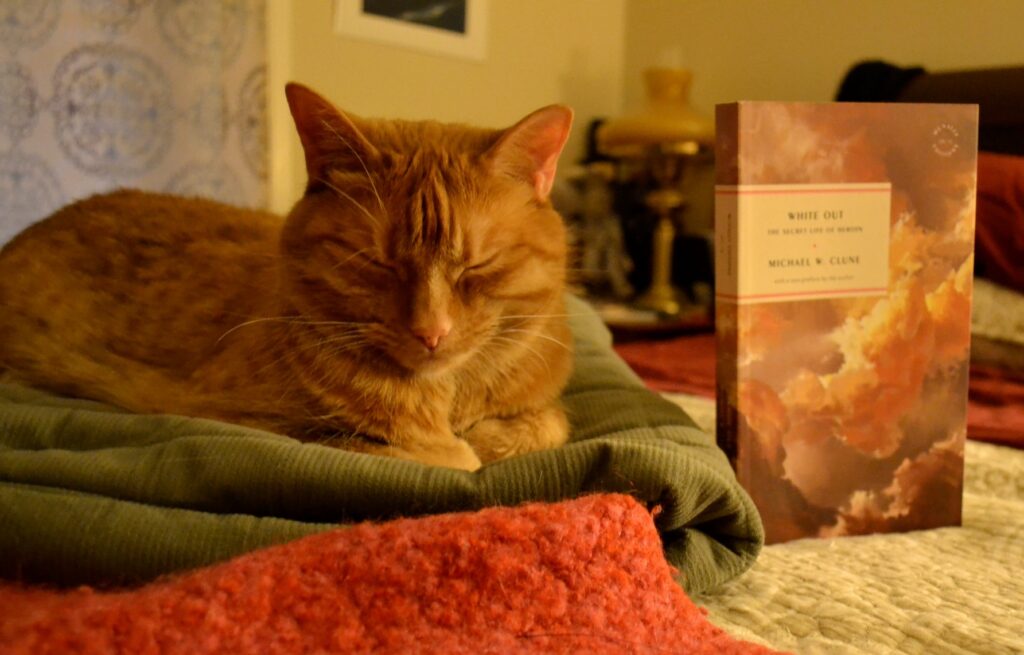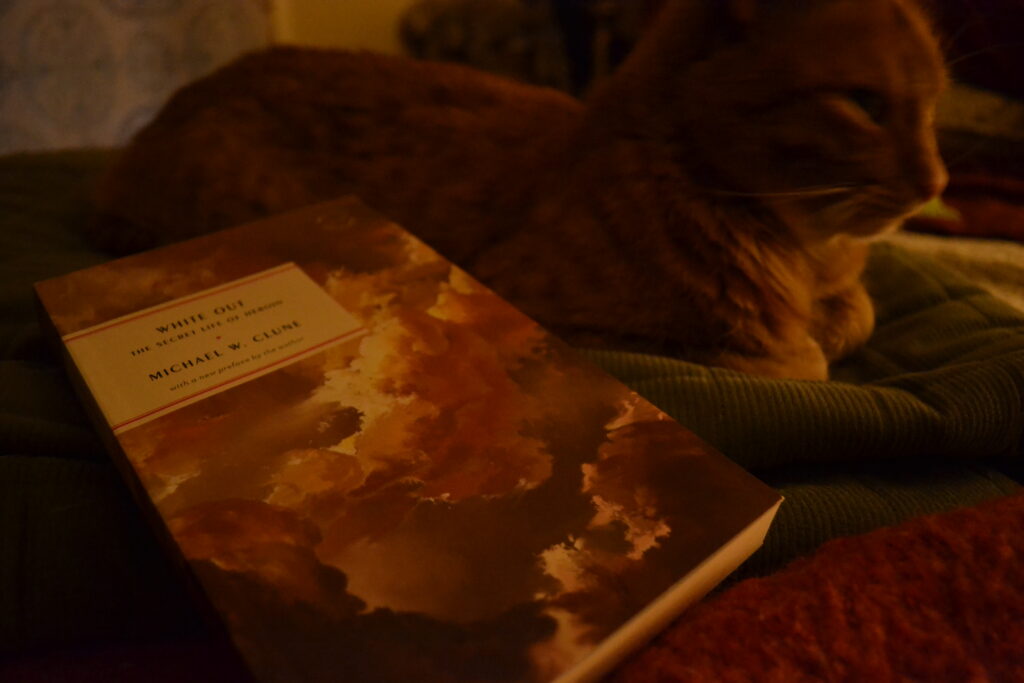Squirrels in a Cage
One of the things about setting up a live trap for our pesky squeaky friends, is that there are a lot of backyard wildlife friends that waltz in to get some free peanuts. My most frequent visitors are the chipmunks that live under our shed. They know by now that the trap is full of peanuts and that there’s a nice lady inside that will let them out when they’ve got their cheeks full of them and can skip away back to their burrow.
Squirrels are less frequent and I am glad for that. Because, though I let them out instantly, they are always angry and do not have the simple faith in me that the chipmunks do. They chatter, they spit, they are generally affronted that they have had their day even minimally inconvenienced. Though I am grateful for side benefit to these releases. I now know what a squirrel’s fluffy, luxurious tail feels like, since one brushed across my hand while I was letting the squirrel it was attached to go. Yes, it is every bit as soft and pleasant as advertised.
No, do not live trap a squirrel to find out.

Is it a Classic?
McNally Editions has made it their mission to publish overlooked classics and I have thoroughly enjoyed their line of books. So much so that I pre-order them by the season at my local independent bookstore. However, Michael W. Clune’s White Out stood out for me for a few reasons. The prominent one being that it’s only ten years old. It makes one think about what exactly constitutes a classic. Is it time? Is it more than that?

Usually, I would consider White Out too new to review here, but I made an exception because it has that certain something more that makes a book timeless. It looks at a subject in a way that is entirely unique and entirely new. There are lots of books about addiction, some of which are old enough to have unmistakably withstood the test of time. There are Thomas De Quincey’s Confessions of an English Opium-Eater, and William S Burroughs’ Junky to name two out of countless. The addiction narrative, fictional or non-fictional, is anything but new. It is the way in which Clune writes it that the newness lies, and what makes me comfortable in the assessment that White Out will withstand the ultimate test of time even if it only has a decade under its belt.

Both a Typical and Atypical Narrative
White Out contains the typical elements of an addiction narrative in the sense that Clune details the first time he took heroin. He talks about the pull of heroin. He also describes recovery and the lingering psychological realities of being an addict. What’s different is that Clune has chosen to include these elements unfettered by chronological order. The story of addiction unfolds in circles that overlap and distort through the veil of highs and lows. At the centre of each one is the feeling that heroin gave Clune. The idea of escape and the chasing of that escape from the norm, expectations, and responsibility, all at a horrible cost.

There is no tragic backstory, and no lengthy description of the minutiae of being an addict. Instead Clune picks and choses moments and articles to create an overall picture of what his experience of addiction was like and what moments he kept returning to. So, it’s important as a reader to let go of any expectation of what you’ll find in a book about heroin and instead embrace the philosophical approach that Clune has wisely decided to embrace.

A Note on Style
While Clune does not sugarcoat anything or spare the reader in any way, he also does not sacrifice style for clarity. In this way, there are passages that are purely descriptive and exist outside of a strict telling of events. If I have one criticism of this book, its that there are times when these beautifully written tangents interrupt points when the plot is driving forward quite well so that they feel disruptive.
This is part of the point and helps build the distorted overlapping circles of the narrative structure, but there are instances where it feels like the timing is a bit off.
I personally also felt like I wanted a bit more of the concrete details of Clune’s rock bottom to balance the time he spends talking about recovery and initial addiction, but that’s my own preference and shouldn’t serve as a demerit point against the book.

Summer Continues
We just had a heat wave that kept me cloistered inside for the greater part of a week. The light was harsh in and of itself. All the lush greenery of the outdoors had the look of an overexposed photograph. I could see the squirrels languishing in the trees. There wasn’t a chipmunk in sight.
I was happy for the rain, and even happier for the cooler weather that arrived a few days ago. It meant more bike rides for us and some time spent outdoors that didn’t turn me into a sweaty, frizzy mess. Unfortunately it also meant more time being a concierge to the backyard friends in the live trap, but that’s not such a nuisance when a chipmunk comes up and gives me a pat on the knee.
Backyard magic, right there.

